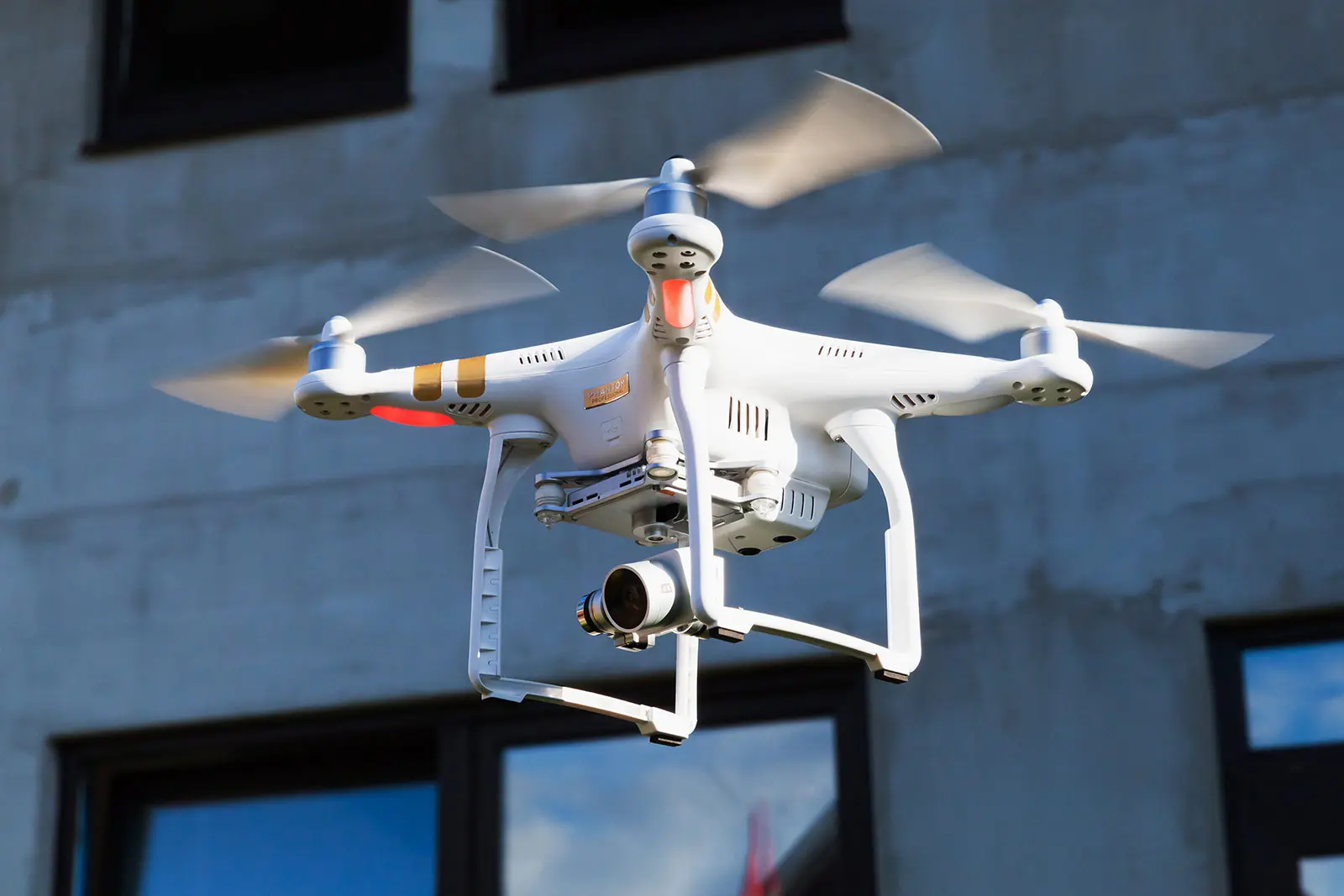ZHAW study on civil drones – challenges and prospects
Under the guidance of the ZHAW, a team of experts has evaluated the prospects and challenges for civil drones in Switzerland. A meticulous survey and considerations on the future development of drone technology have led the team to a number of recommendations. The study was conducted on behalf of the TA Swiss Foundation for Technology Assessment.

Drone sales are booming these days. Around 22,000 units are sold in Switzerland each year and 100,000 are already in use – and the figures are still rising. This also increases the need for regulations.
“It is quite a challenge to integrate all these unmanned flying objects into the airspace,” says Michel Guillaume, who supervised the study at the ZHAW Centre for Aviation. According to the study, drones will soon be present in every layer of the atmosphere, from the highest altitudes of more than 20,000 meters in the domain of telecommunications, to the lowest altitudes of less than 150 meters, where drones are being used in the agriculture sector to spread pesticides on fields, for instance. Within the scope of the study, around 60 experts from the domains concerned were interviewed on their view of the future development of drone technology. Across various domains, the range of applications of drones is very wide; they are used in logistics, agriculture, surveillance, research, measuring and supervision, media, leisure, humanitarian work, and so on. Even though the development in the professional domains has only just begun, it can be expected that, in certain applications, drones will take the lead over traditional solutions.
Reducing risk factors
Drones are also facing a lot of headwind, however. Many people regard them as veritable spies, because they can peer down on cities and urban areas and their cameras allow their operators to see things that were previously hidden from view. Outside the cities in the countryside, on the other hand, they may have a negative impact on nature and cause distress to wildlife.
For these reasons, the experts are calling for a number of measures, including:
- A transparent regulatory framework for drones has to be put in place to create a legal basis for safety assessments, in order to ensure legality and equality before the law.
- There needs to be a forum for dialogue between stakeholders and researchers, in order to set up an air traffic management system for unmanned flying objects (U space).
- Regulations need to be adjusted to improve the enforceability of existing laws. In particular, this concerns the introduction of a registration requirement in connection with an electronic identification system, the establishment of guidelines for the training of drone pilots (especially for professional pilots) and a reporting requirement for manufacturers, dealers and importers.
- Switzerland should continue its active participation in the international effort to set up a regulatory framework for drones. However, it should not automatically adopt EU regulations, but rather pursue every possible avenue by carefully weighing up the pros and cons, so as to fully exploit the economic potential of drone technology.
- The Swiss federal government, in collaboration with manufacturers, should set up a test site for research purposes.
However, the biggest challenge, according to the experts, is of a technical nature. First and foremost, drones need to be built in such a way that they cannot crash and – above a certain size – they need to be able to land safely, even in the case of a technical malfunction.